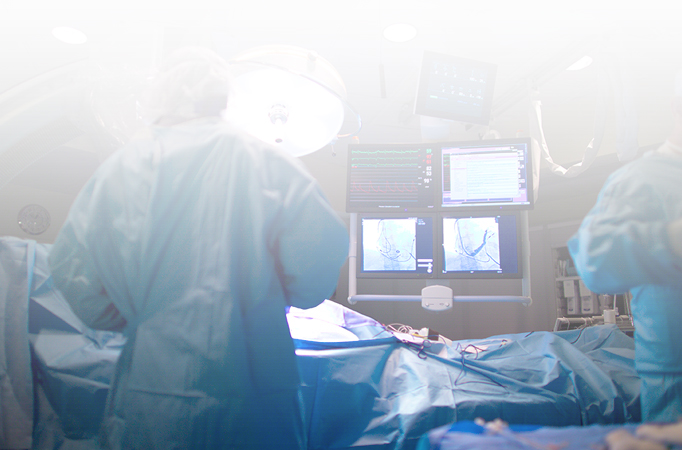Ovarian Cysts...
Ovarian Cysts
The ovaries are two small organs, one on each side of a woman’s uterus. A cyst is a collection of fluid in a sac. In most cases these ovarian cysts are normal and harmless and resolve spontaneously. Occasionally, cysts may cause problems and may need treatment. There are different types of ovarian cysts.
In the younger age group functional cysts are common. These develop from tissues that change in the normal process of ovulation. Functional cysts usually tend to shrink in 1 to 3 months.
Dermoid cysts are made of different types of tissues such as hair, teeth and fat.
Endometriomas form when endometrial tissue grows into the ovaries.
Symptoms
- Pelvic pain
- Dyspareunia (pain during intercourse)
- Pelvic mass
Diagnosis
An ovarian cyst often is found during a routine pelvic exam. When an ovarian cyst is detected some of the following investigations are carried out. These investigations are important to make decisions about future treatment. These include:- Ultrasound: A procedure that uses sound waves to create pictures of the internal organs that can be viewed on a screen
- Laparoscopy: A surgical procedure that allows a doctor to look directly inside the body
- Blood tests (CA125): Tests to measure substances in the blood and help confirm the diagnosis
Treatment
If the cyst is not causing any symptoms it may be possible to rescan in 3 months to detect whether the cyst has become smaller or resolved.
Most functional cysts go away on their own after one or two menstrual cycles.
If the cyst is large or causing symptoms surgery may be indicated. This is often carried out laparoscopically (key hole surgery).
The extent and type of surgery that is needed will depend on several factors:
- Size and type of cyst
- Your age
- Your symptoms
- Your desire to have children


